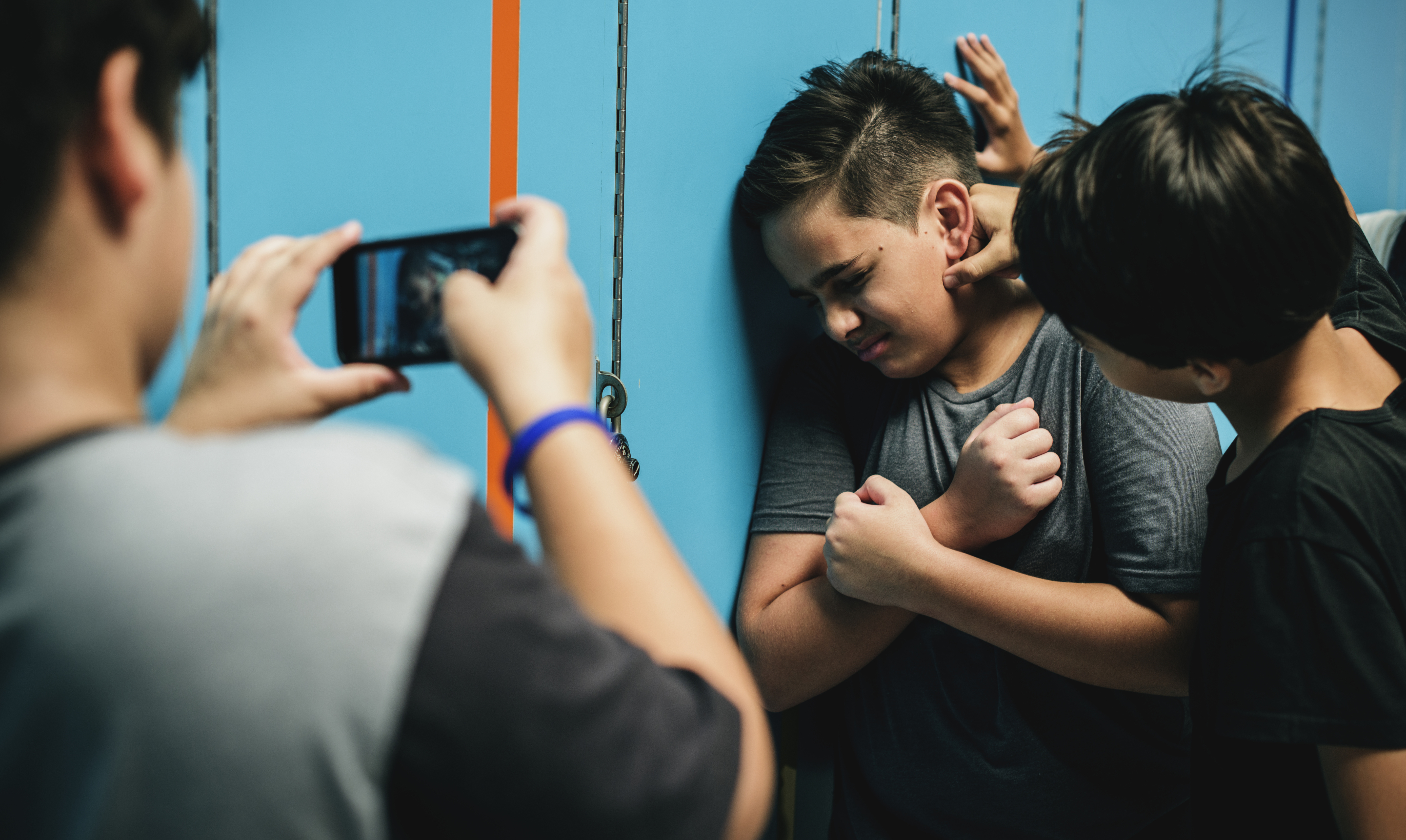
Assert yourself.
Teach your child to face the bully by standing tall and using a strong voice. Your child should name the bullying behavior and tell the aggressor to stop: “That’s teasing. Stop it.” or “Stop making fun of me. It’s mean.”
Question the response.
Ann Bishop, who teaches violence prevention, tells her students to respond to an insult with a non-defensive question: “Why would you say that?” or “Why would you want to tell me I am dumb (or fat) and hurt my feelings?”
Use “I want.”
Communication experts suggest teaching your child to address the bully beginning with “I want” and say firmly what he wants changed: “I want you to leave me alone.” or “I want you to stop teasing me.”
Agree with the teaser.
Consider helping your child create a statement agreeing with her teaser. Teaser: “You’re dumb.” Child: “Yeah, but I’m good at it.” or Teaser: “Hey, four eyes.” Child: “You’re right, my eyesight is poor.”
Ignore it.
Bullies love it when their teasing upsets their victims, so help your child find a way to not let his tormentor get to him. Fifth graders offer these kid-tested ways to ignore teasers:
“Pretend they’re invisible,”“Walk away without looking at them,”“Quickly look at something else and laugh,”“Look completely uninterested.”
Make Fun of the Teasing.
Fred Frankel, author of Good Friends Are Hard to Find suggests victims answer every tease with a reply, but not tease back. The teasing often stops, Frankel says; because the child lets the tormentor know he’s not going to let the teasing get to him (even if it does). Suppose the teaser says, “You’re stupid.” The child says a rehearsed comeback such as: “Really?” “So?,” “You don’t say,” “And your point is?,” or “Thanks for telling me.”
12 Ways to Empower Your Child Against Bullying -- Including CyberBullying




